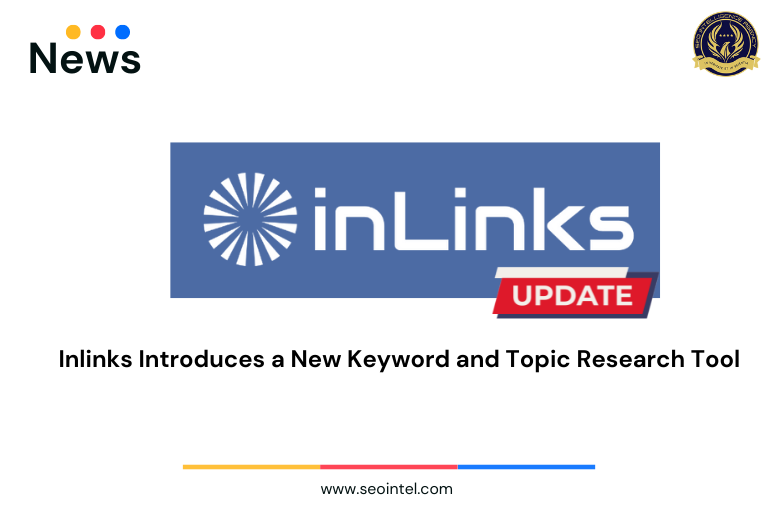
Inlinks has released an update to its keyword topic research tool, which finds and groups keywords based on intent.
The Inlinks Keyword & Topic Research Tool is a tool that goes a step further in recognizing the context of keywords and user intent.
The signals are then used by Inlinks to generate clusters of keyword variations based on topics, as well as suggestions for questions that need to be answered.
When it comes to user intent, it has traditionally been divided into four or five categories, such as navigational, transactional, informational, and so on.
Inlinks avoids using labels and instead categorizes user intent using highly specific verbs, resulting in keywords that are more specific than broad labels.
Also, Inlinks uses the keyword phrase “renewable energy” to show how topic research can differentiate between users who want to “use” renewable energy and users who want to “generate” it.
It is expected to be more useful to be able to select keyword variations related to renewable energy generation rather than grouping those keywords into a category, such as informational or transactional, with a group of other keywords that aren’t necessarily related to your topic. Identifying intents through verbs aids in narrowing down to the most relevant keyword topics.
Meanwhile, the content plan feature introduces a new way of thinking about content. The tool’s useful approach is to show what kind of context the competitor headlines are in.
Returning to the renewable energy example, the tool will display competitor headlines as well as related topics in a column to the right. Tools, storage, photovoltaic, solar, industry, and other related topics can be selected for a content plan based on what is relevant to you.
In the case of the keyword phrase renewable energy, each selected topic can then be used to create web page topics. Alternatively, the topics can be used to form the foundation of topic categories for an entire website.
The tool is thus another way to investigate multiple topic clusters, which can then be chosen and placed in the editor tool to form a content plan.
The tool is now available to all subscribers.